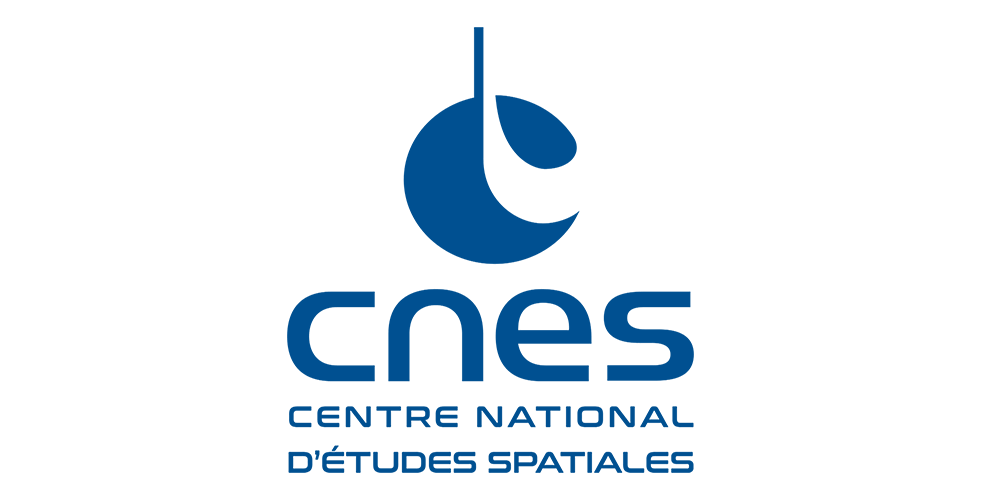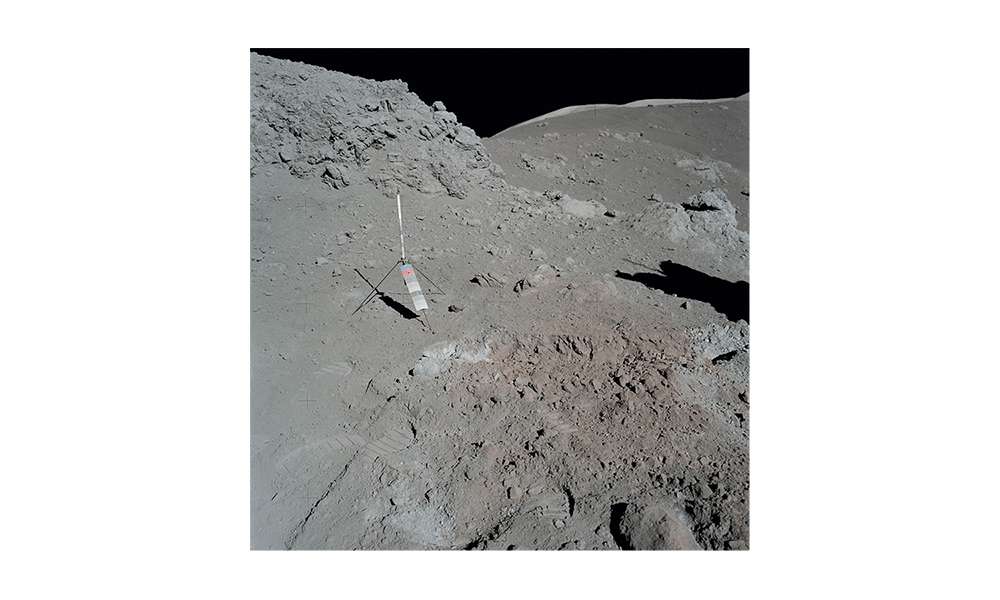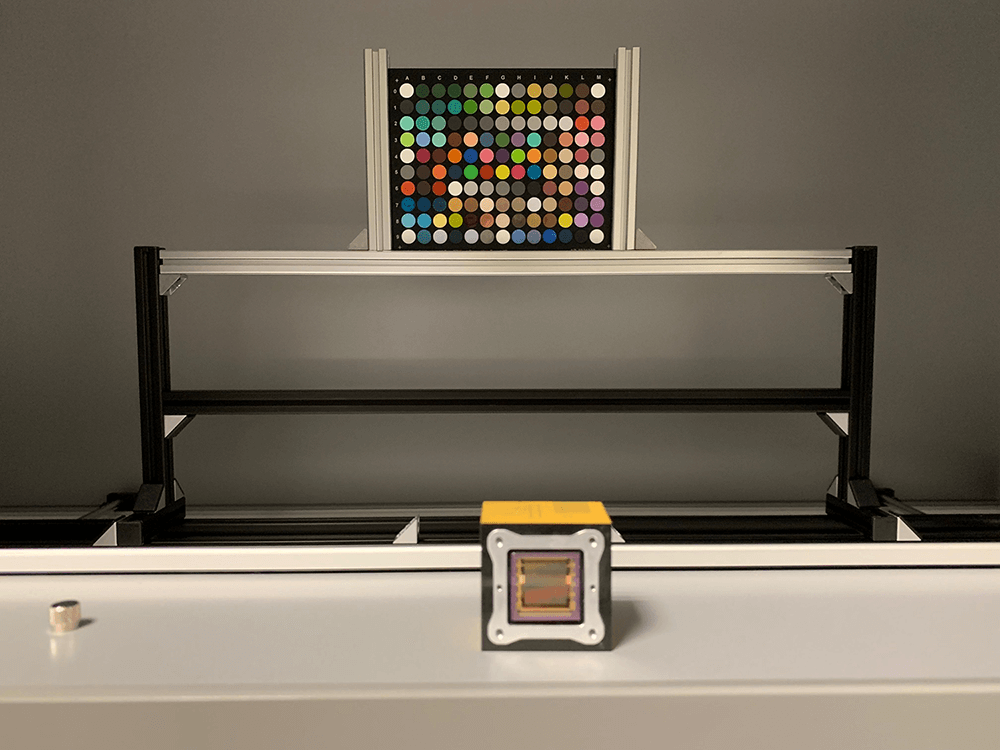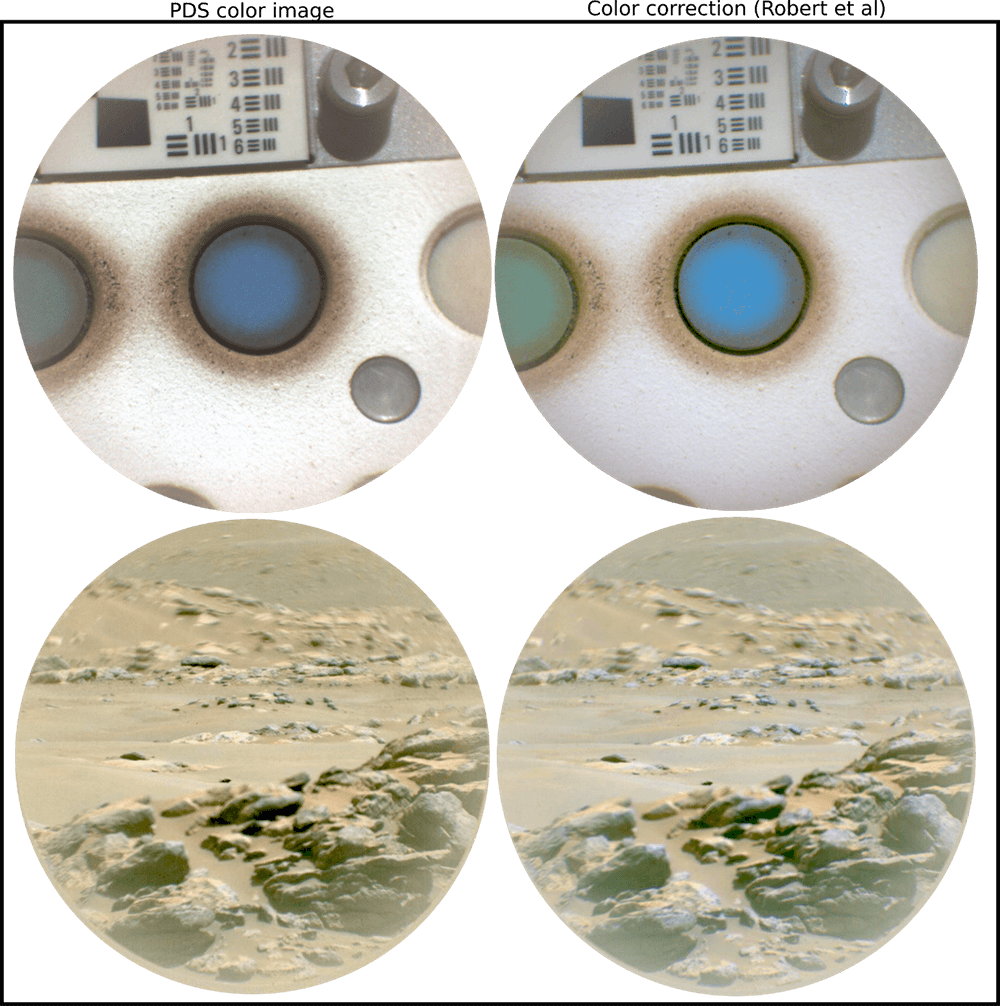Summary
Recently, a few of us at Image Engineering had the privilege to visit France's space agency CNES in Toulouse to see how they utilize the iQ-Chart Box in their camera development workflow. CNES develops cameras that are used in various missions in outer space. Currently, one of their cameras is installed on the Perseverance rover on Mars, and installation is planned for future rovers such as Rashid (Moon) and MMX (Phobos). The spectrally tunable light source in the iQ-Chart Box provides a tool for them to simulate Lunar or Martian illumination in the comfort of their test lab. As a result, they can color calibrate their cameras for the light on Mars and other bodies of the solar system before the mission even starts instead of relying on scaled-down color charts on the rover itself. Images with higher color accuracy will provide scientists in other fields with a more accurate representation of the planetary surfaces and thus improve future studies (in particular, geological analysis) and missions.
Introduction
Since the beginning, camera systems have played an integral role in outer space exploration. Whether it be grainy video footage of the first man to walk on the Moon or the more recent high-quality images from the Perseverance Rover on Mars, camera systems have allowed us to further our understanding of our solar system.
However, capturing images in space or on other planets is a much different challenge than what we are capable of on Earth. Elements and lighting scenarios can be completely different than those on Earth. If we don't have these camera systems properly calibrated and characterized, we will falsely interpret the images our satellites, drones, and rovers send back.

CNES (Centre national d'études spatiales) in Toulouse, France, is at the forefront of researching and developing camera systems utilized in outer space. They support several programs, including Perseverance, with their camera system setups, functionality, and image processing. One of the main ongoing challenges in the image processing pipeline is allowing scientists to compare images acquired from different cameras and in adverse weather conditions.
As a result, they began to look for solutions that could improve camera calibration and characterization in their camera test lab before sending the cameras into space. They also sought a way to simulate the illumination on Mars to verify existing data. This search led them to IE and our iQ-Chart Box, a spectrally tunable light source for camera calibration and characterization.
The challenges of camera color calibration in outer space
Back in 1972, the Apollo 17 crew members were conducting research while on the Moon's surface when they noticed different, more vibrant colors than the lunar gray we have all come to associate with the Moon. In particular, they saw orange soil on the edge of the Shorty crater1. Planetary-based scientists had never noticed this color before, and it became clear that we needed to improve our color corrections for outer space camera systems. These corrections, however, are much easier said than done in an environment as extreme as outer space.

Fast-forward to 2024, and hundreds of objects in space, including the NASA Perseverance rover on Mars, rely on camera systems to function correctly. CNES designs many of these systems and thus is responsible for ensuring they are color-calibrated correctly.

With that said, CNES must still confront various challenges due to the volatility of space. For example, due to payload concerns, installing a color target (with at least 24 color patches) on the rover is nearly impossible. Often, a smaller target of 3-6 colors is included on the device, but this can only cover a part of the color spectrum. In addition, ground illumination variations can be significant during the mission.
CNES approaches these challenges in their camera test lab. To do this, they need to rely on equipment that can recreate the lighting conditions on Mars to perform camera color corrections and calibrations before sending the cameras to space. One of the primary devices that they use for this purpose is the iQ-Chart Box.
Recreating the light on Mars with the iQ-Chart Box
The iQ-Chart Box is a uniform light box powered by iQ-LED technology. This technology can generate custom spectra and thus offers nearly unlimited illumination possibilities, including recreating the light on Mars in the comfort of a camera test lab.

The iQ-Chart Box has eight iQ-LED light sources, each with 20 individual spectral channels covering a wavelength range of 380-820 nm (extended to 1050 for an IR version). It generates custom spectra, such as the light on Mars, by the optical mixing of emitted radiation from spectrally different LEDs.
Recently, CNES incorporated the iQ-Chart Box into their camera development workflow. They need a device to characterize and colorimetrically correct the imaging systems developed at CNES. In addition, as Emilie Robert put it from CNES, "We needed image processing pipelines that allow scientists to compare images acquired with different cameras, thus showing colors distorted in different ways (due to the variations in their spectral responses). These images, therefore, needed calibration toward a common standard color space (e.g., CIE's) to become camera-independent."
A standard workflow would use an estimated illuminant from the location and month (taken mainly from data from previous missions), in which the rover will land and simulate it in the iQ-Chart Box. From there, a color test chart or target would be placed in the iQ-Chart Box, and the camera under development would capture images of the chart. The camera would be adjusted for the dedicated color correction matrix (CCM). During the mission on Mars, the CCM would be applied to any required images.

Using the images sent from Mars
Perseverance is equipped with several cameras that typically send many images back to Earth daily for study, including four on average from the SuperCam RMI camera provided by CNES. It's crucial to deliver these images with high-quality color correction so that accurate studies can be done on Earth to prepare for ongoing and future missions. Geologists, for example, use the results to recreate the exact conditions on Mars to study the ground materials and ensure that the rover stays on an ideal path.
Other studies, such as those on the atmosphere, weather conditions, and topography, all rely on accurate images to improve our understanding of the planet. Higher-quality images and proper camera color calibration can improve these areas. Image 6 below, for example, shows the benefit of a color-corrected image; the landscape in the bottom right reveals more significant differences between different types of soils (reddish in the foreground, whiter in the middle ground, and reddish again in the background). The camera systems on the rovers today are paving the way for humans to one day walk on Mars.

Final Thoughts
We were grateful to CNES for the opportunity to visit them in Toulouse and see firsthand how Image Engineering products contribute to the exploration of our solar system. We look forward to future missions and continuing humanity's quest to understand the universe.
The iQ-Chart Box can simulate the light on Mars, but it can also generate custom spectra for almost any other illumination requirements. In addition, we offer iQ-LED products ranging from camera calibrations on a production line to characterizing wide-angle camera systems and nearly everything in between.
Are you looking to upgrade the illumination efficiency of your camera test lab? Contact our team today to learn more about the iQ-Chart Box and other lighting solutions powered by iQ-LED technology.
References
1 National Air and Space Museum. (n.d.). Lunar Rocks. https://airandspace.si.edu/explore/stories/lunar-rocks
2Virmontois C (2024) CASPEX: CAmera for SPace EXploration. Space Sci Rev. In preparation
3 Emilie Robert, Che Shen, Magali Estribeau, Edoardo Cucchetti, Mark Fairchild, "Color Correction of Mars Images: A Study of Illumination Discrimination Along Solight Locus" in Journal of Imaging Science and Technology, 2023, pp 1 - 9, https://doi.org/10.2352/J.ImagingSci.Technol.2023.67.5.050410

